 |
| Image courtesy of fotographic1980 / FreeDigitalPhotos.net |
Traditionally, mid-February was a Roman time to meet and court prospective mates. Roman young men instituted the custom of offering women they admired and wished to court handwritten greetings of affection on February 14. Eventually, the cards acquired St. Valentine's name.
As Christianity spread, so did the Valentine's Day card.
The oldest known valentine greeting still in existence today was a poem written by Charles, Duke of Orleans to his wife while he was imprisoned in the Tower of London. The greeting, written in 1415, is part of the manuscript collection of the British Library in London, England.
In the sixteenth century, St. Francis de Sales, bishop of Geneva, attempted to expunge the custom of cards and reinstate the lottery of saints' names. He felt that Christians had become wayward and needed models to emulate. However, this lottery was less successful and shorter-lived than Pope Gelasius's. And rather than disappearing, cards proliferated and became more decorative.
By the seventeenth century, handmade cards were oversized and elaborate, while store-bought ones were smaller and costly. In 1797, a British publisher issued 'The Young Man's Valentine Writer', which contained scores of suggested sentimental verses for the young lover unable to compose his own.
Printers had already begun producing a limited number of cards with verses and sketches, called "mechanical valentines," and a reduction in postal rates in the next century ushered in the less personal but easier practice of mailing valentines. That, in turn, made it possible for the first time to exchange cards anonymously, which is taken as the reason for the sudden appearance of racy verse in an era otherwise prudishly Victorian. The burgeoning number of obscene valentines caused several countries to ban the practice of exchanging cards. In Chicago, for instance, late in the nineteenth century, the post office rejected some twenty-five thousand cards on the ground that they were not fit to be carried through the U.S. mail.
The first commercial Valentine's Day greeting cards produced in the U.S. were created in the 1840s by Esther A. Howland. Howland, known as the Mother of the Valentine, made elaborate creations with real lace, ribbons, and colorful pictures known as "scrap". Her elaborate lace cards cost from five to ten dollars, with some selling for as much as thirty-five dollars. Since that time, the valentine card business has flourished.
 Everyday Romance: Love Birds Greeting Cards by egogenius Shop for Happy valentines Cards online at Zazzle.com |
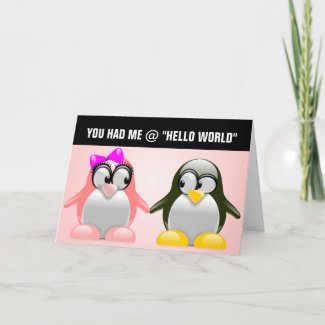 Computer Geek Valentine: Programming Language Love Greeting Cards by egogenius View more Squeenux Cards at zazzle.com |
|
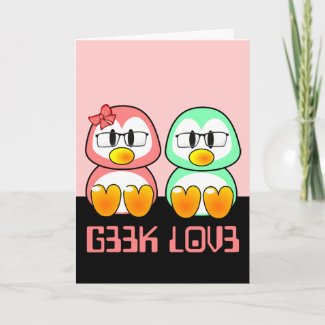 Nerd Valentine: Computer Geek Leet Speak Love Cards by egogenius Create custom photo note cards at zazzle.com. |
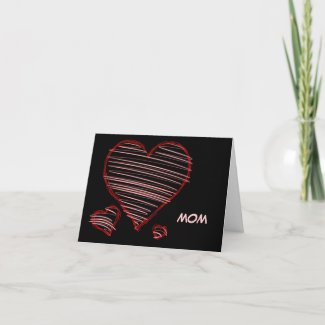 Child-like declaration of love in crayon & marker greeting card by egogenius Make custom notecards at zazzle.com |
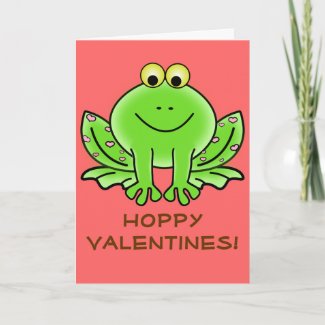 Love Frog Funny Greeting: Hoppy Valentine's Day Card by egogenius Find more note cards online at zazzle.com |

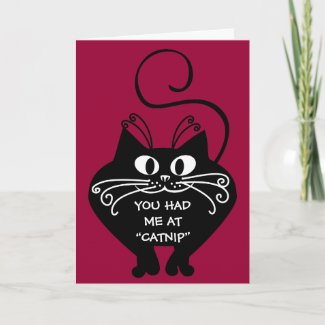
No comments:
Post a Comment